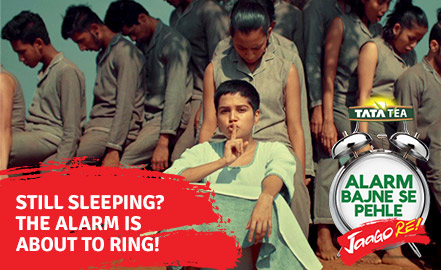What's the big deal about 33%?
Barely 11% women make it to Indian Politics in 2014. 33% is still a far fetched utopia women's rights have been fighting for since 18 years now.

62 out of 543 candidates in 2014 are women. Barely 11% of the India's governing body constitutes women. Isn't it shocking?
India achieved Independence over 60 years ago. The state of affairs for women, however, in many spheres of India is weak. While India grapples to develop and empower women, let's look at the political sphere. Elections 2014 have just concluded with a lot of pomp and show. How do women fare on the political front?
Numbers speak for itself.
Indian Elections - It's a Man's World?
Representation in General Elections 2014
- 639 women candidates contested out of 8197 candidates (as analysed by ADR and NEW).
- 8% contesting candidates were women.
- 62 women out of 543 won - 11% representation in the new Government.
This marks the highest number of female winners in Indian elections since 1957, although the representation is still poor.
Representation in General Elections 2009
- 556 women candidates contested out of 8070 candidates.
- 6.9% of candidates represented were women.
- 59 women, 10.9% won.
As against 59 women MPs in the last Lok Sabha, the 2014 Lok Sabha elections have seen only 62 women candidates win the polls.
It appears that men have all the advantage when it comes to India's highest governing authorities. Women are barely represented, and it's safe to say that India's ruling authorities are largely male-dominated.
Has there been an attempt in the last 60 years to address this concern?
The Women's Reservation Bill has tried to reverse this trend.
Let's look at some background.
What is the Magic Number 33?
The 1996 Women's Reservation Bill proposes to reserve 33% of seats in Indian politics for women.
The Government's Stance
It has been stalled by various political parties for more than 18 years now.
The Women's Reservation Bill was passed by the Upper House Rajya Sabha in March 2010.
As of February 2014, the Lower House Lok Sabha has not yet voted on the bill.
Why the Reservation on Women's Reservation?
Women's groups pushing for greater representation blame this on the entrenched patriarchal mindset of male politicians. Politicians have also been worried that fewer men from their parties would lose their chance to contest.
The Leading Contenders Promise on Women's Representation
Most leading political parties contesting Elections 2014 – have promised in their manifestos to pass the Women’s Reservation Bill if voted to power.
Will the current Government fulfill their promise?
India Lagging Behind the World on Women's Representation
- India, has a mere 11.4 % women in Parliament, compared to the world average of 21.8 %
- Afghanistan - 27.6 % women in Parliament
- Pakistan - 18.5 % women in Parliament.
(Source - 2014 data from the Geneva-based Inter-Parliamentary Union (IPU)).
What will 33% representation in Indian Politics Look Like?

Many men might argue against pushing for women's reservation. However, the fact remains that women's condition in India really needs to improve. A 50% reservation is almost asking for too much, hence 33% is the least possible number women's groups have asked for.
The question that India needs to answer is if 33% women's representation in Indian Parliament - is also asking for too much.
Source - ECI, ADR and India Spend.
Share this story on





